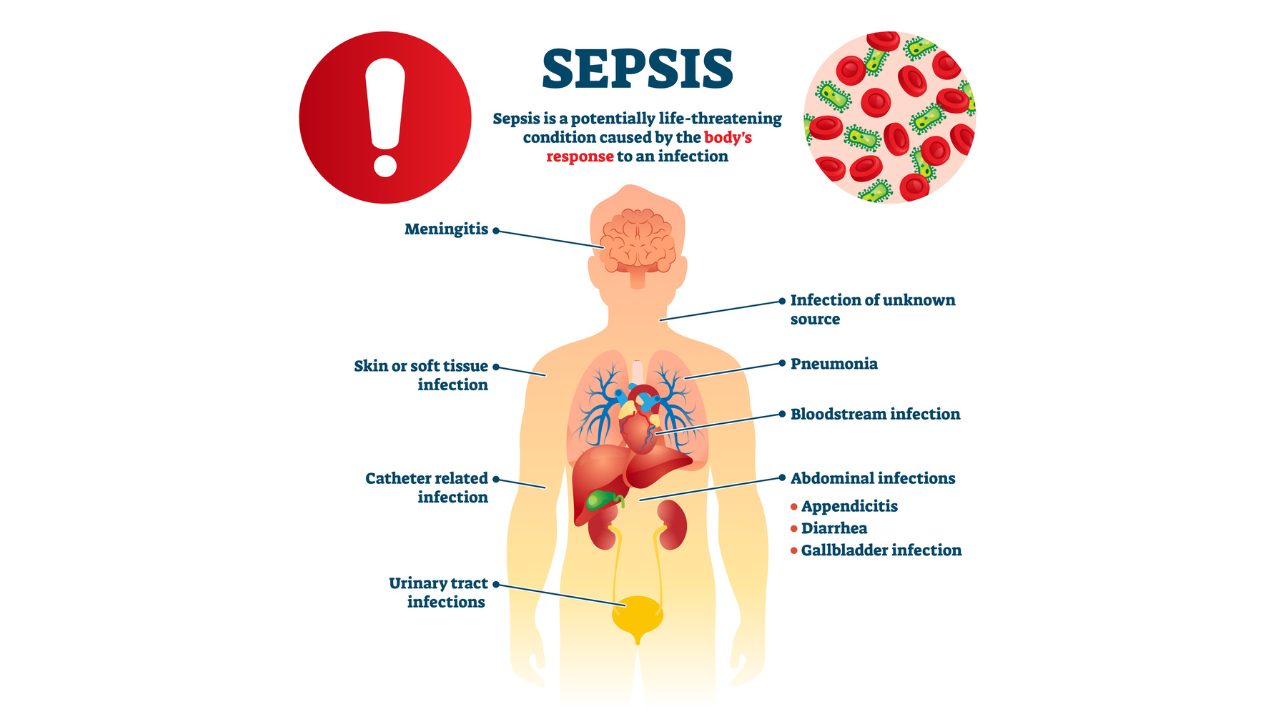2 min read
April Director Notes
The 2024 ADA Diabetes Guidelines: Critical yearly practice updates every clinician should read By: Terri Schmitt PhD, APRN, FNP-BC, FAANP Executive...

Sepsis Update: Antibiotics Timing
Carla Ramjit, DNP, AGACNP-BC, FNP-BC
September is Sepsis Awareness Month, and in this month, clinicians launch programs aimed at educating the community and peers on the current goals regarding care for sepsis. Sepsis IS treatable. Numerous studies have supported the standardized guidelines that clinicians can refer to in treating sepsis.
If the criteria are met for the suspicion or confirmation of sepsis, providers will evaluate for a source of infection and begin a treatment regimen1. For adult patients, the Society of Critical Care Medicine (SCCM) has routinely updated the guidelines on treating sepsis in patient care settings. The SCCM’s “Surviving Sepsis Campaign” initiative supports the timely dispensing and delivery of fluid resuscitation and antibiotics in patients. In addition, a specific set of laboratory tests will complement the prescribed regimen of fluid resuscitation and antibiotics1. It is important to keep in mind that laboratory testing consists of an obligatory microbiology portion that may take hours and may range up to 3 days for results to be published in a patient’s chart. After the results are published, the prescribed regimen can change to targeting the specific source of the infection with de-escalation or escalation of care to include supportive care1.
The development of the national sepsis guidelines has strategically advanced methods to treat patients diagnosed with various hosts susceptible to bacterial infections. Healthcare professionals are repeatedly tasked with the effort of ensuring the timing of antibiotics due to its critical nature in order to promote quality outcomes in patients with bacterial infections. The SCCM (2021) recommends antibiotics to be administered within one hour of recognition and if shock is present2. In the absence of shock, antibiotics can be started within three hours and after rapid assessment for sepsis symptoms2.
Sepsis awareness has drastically changed the outcome for patients. The ideal of early recognition and treatment of sepsis has saved many lives and improved sepsis quality care.
References
2 min read
The 2024 ADA Diabetes Guidelines: Critical yearly practice updates every clinician should read By: Terri Schmitt PhD, APRN, FNP-BC, FAANP Executive...
Breast Cancer Screening UpdateSarah J. Locke, DNP, MBA, FNP-BC, RNC-OB, NE-BC
By: Indira Maurer, DNP, FNP-C